Optimal Timing for Concrete Installations
Concrete installations are most effectively completed during specific periods that optimize curing and durability. Weather conditions, temperature, and humidity play crucial roles in determining the optimal timing for concrete work. Proper planning ensures the longevity and quality of the finished surface.
Concrete performs best when temperatures are between 50°F and 85°F. Extreme cold can cause freezing, while high heat accelerates curing, potentially leading to cracking.
Spring and fall typically provide moderate temperatures, making them suitable for concrete installation. Summer may require additional precautions against rapid drying, and winter installations often need heating measures.
Dry weather with minimal rain is preferable. Excess moisture can weaken the concrete, while wind and direct sunlight can cause uneven curing.
Scheduling during stable weather conditions reduces delays and ensures proper curing. Advanced planning helps mitigate unforeseen weather disruptions.

Ways to make Concrete Installations work in tight or awkward layouts.

Popular materials for Concrete Installations and why they hold up over time.

Simple add-ons that improve Concrete Installations without blowing the budget.
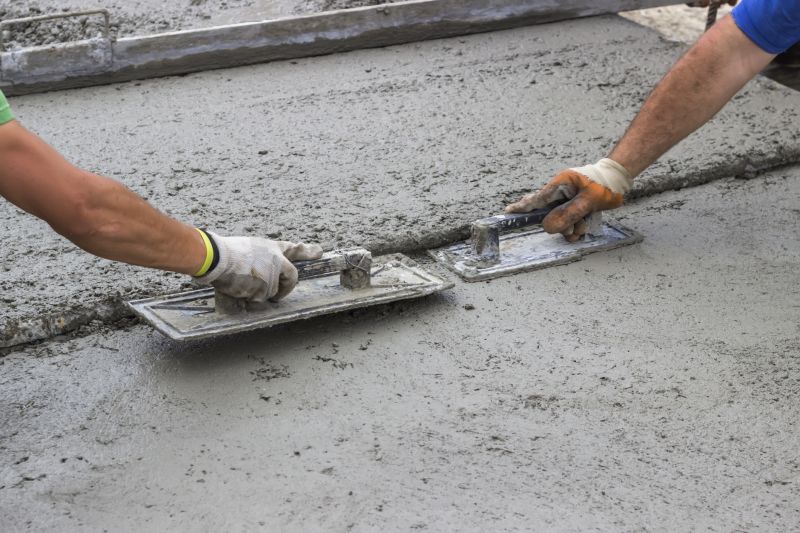
High-end options that actually feel worth it for Concrete Installations.
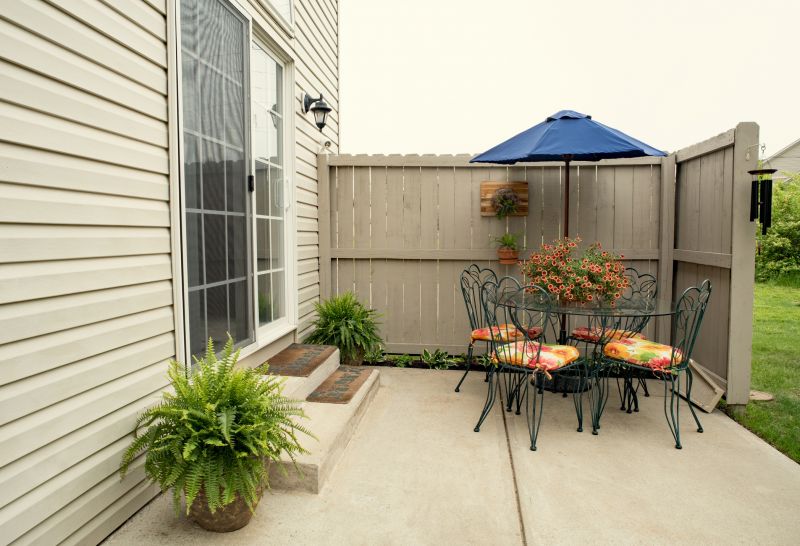
Finishes and colors that play nicely with Concrete Installations.
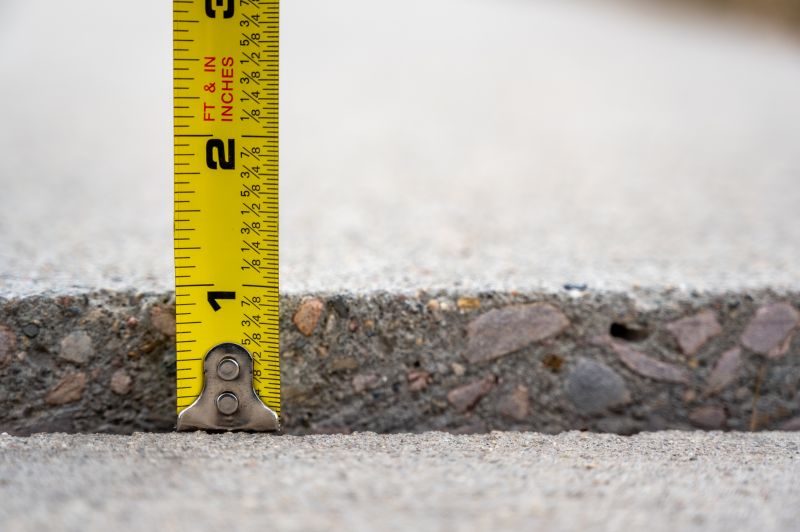
Little measurements that prevent headaches on Concrete Installations day.
| Season | Optimal Conditions |
|---|---|
| Spring | Moderate temperatures, low precipitation |
| Summer | Warm days with precautions for rapid drying |
| Fall | Cooler temperatures, stable weather |
| Winter | Requires heating and protective measures |
Concrete installations involve mixing, pouring, and curing processes that require precise conditions to achieve maximum strength. Proper timing ensures the concrete cures evenly, minimizes cracking, and extends the lifespan of the structure. Weather-related factors significantly influence the quality and success of each project.

A 60-second routine that keeps Concrete Installations looking new.

A frequent mistake in Concrete Installations and how to dodge it.
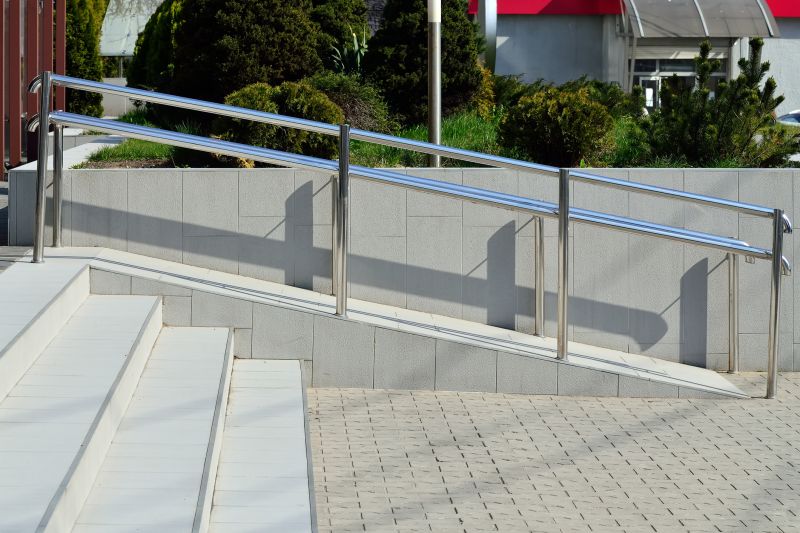
Small tweaks to make Concrete Installations safer and easier to use.
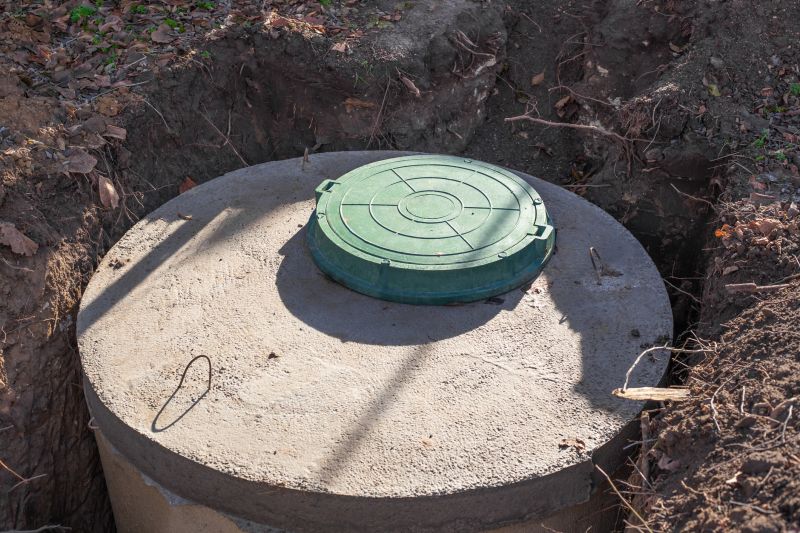
Lower-waste or water-saving choices for Concrete Installations.

The short, realistic tool list for quality Concrete Installations.
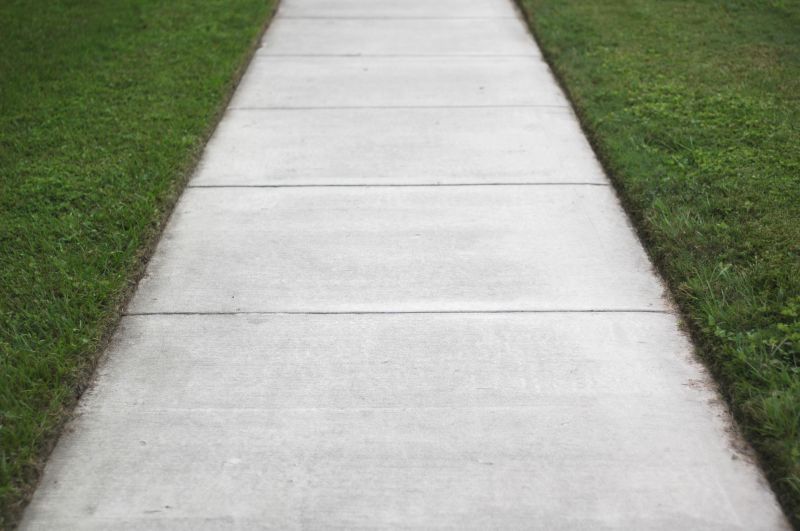
Rough timing from prep to clean-up for Concrete Installations.
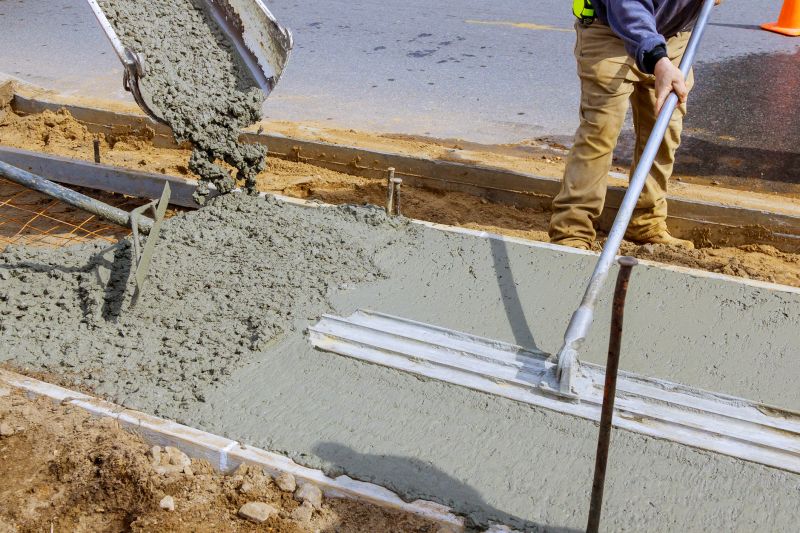
Quick checks and paperwork to keep after Concrete Installations.
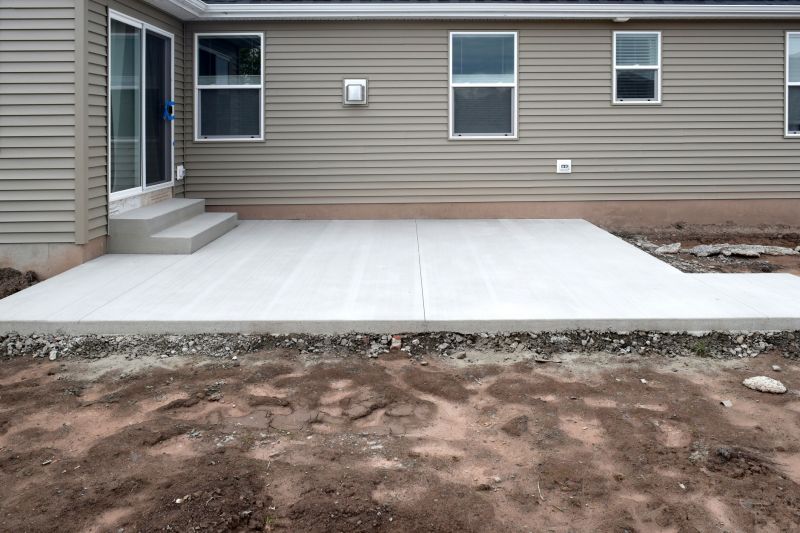
Examples that show the impact a good Concrete Installations can make.
Interested in scheduling a concrete installation? Filling out the contact form provides an opportunity to discuss project specifics and preferred timing. Proper planning and execution are essential for achieving durable and high-quality results in every concrete project.
